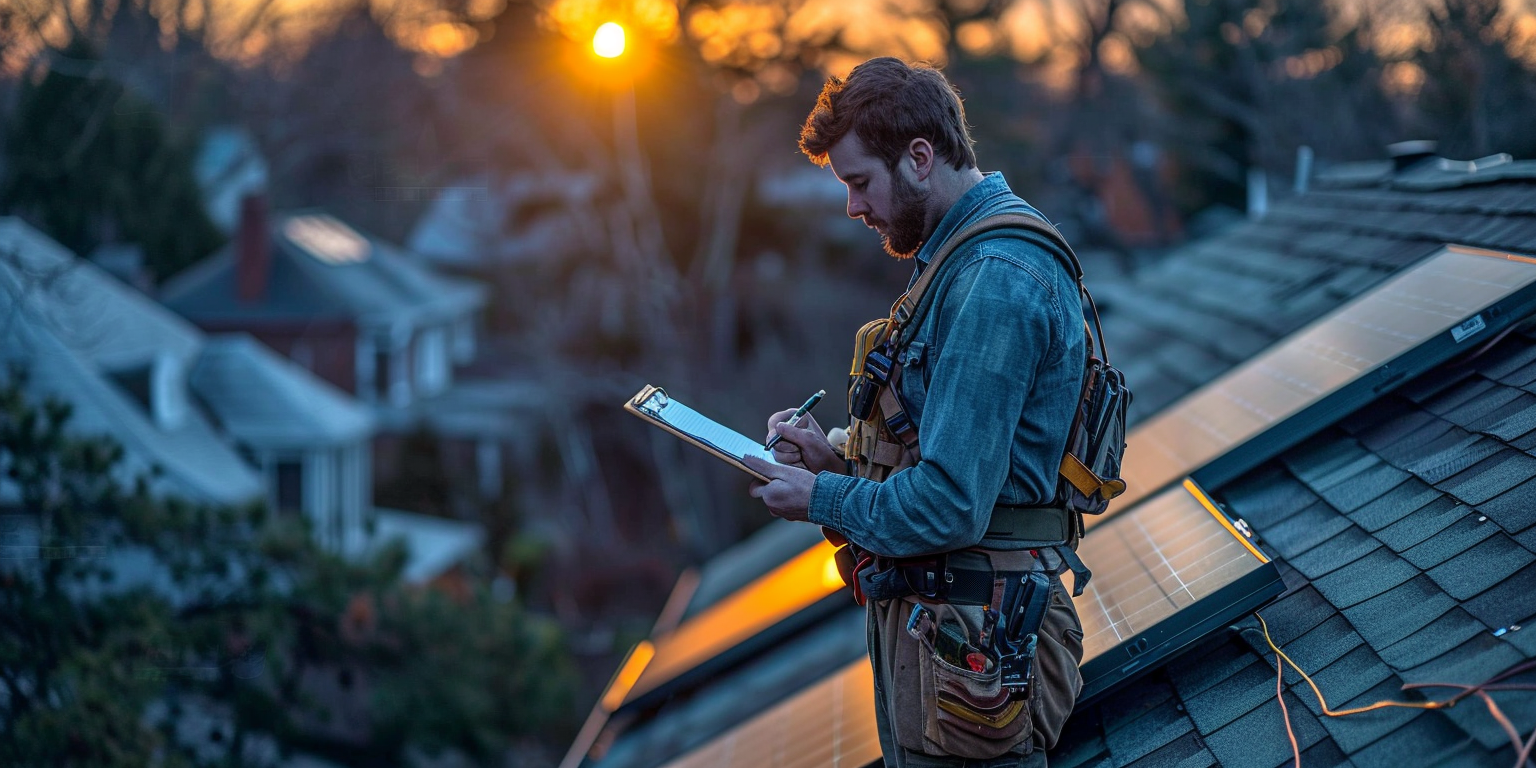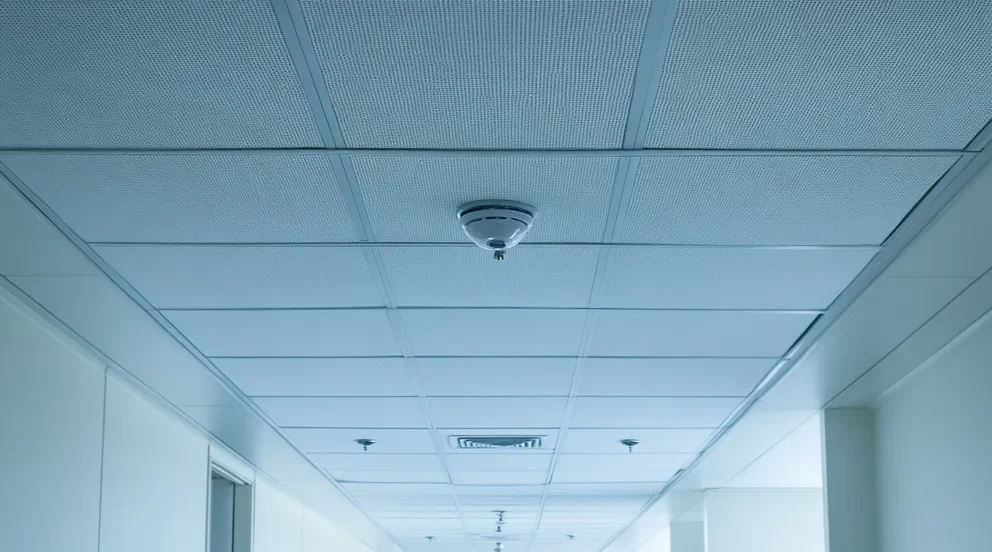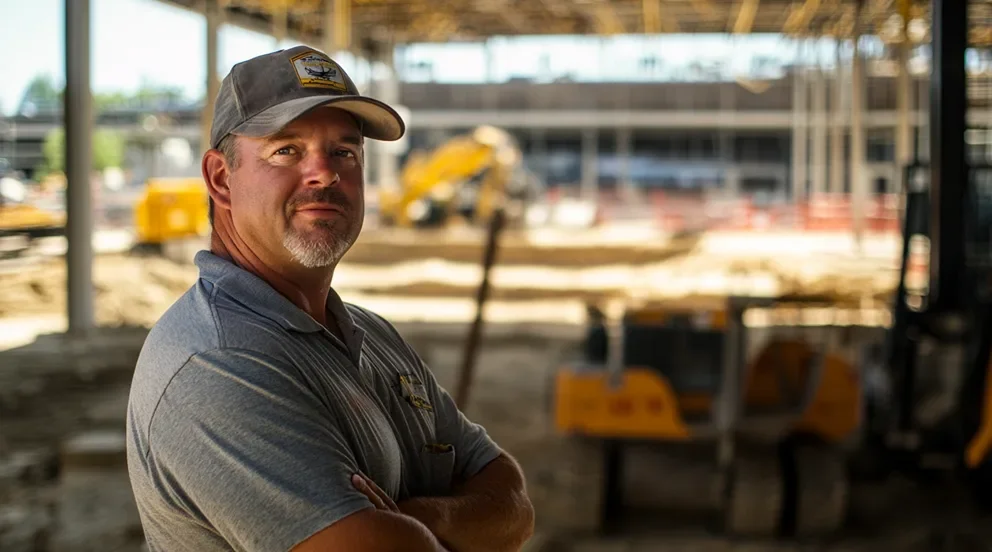Roofing estimators are specialized professionals within the construction industry focusing on calculating the materials, labor, time, and costs associated with installing or repairing roofs. Their expertise lies in creating detailed and accurate forecasts that help roofing businesses plan projects and submit competitive bids. Their role is crucial in ensuring projects stay within budget and are completed on schedule.
These estimators require a deep understanding of various roofing materials, designs, and installation processes. They often use sophisticated software to aid in precise calculations. Experience in construction or roofing is beneficial, as it allows for a practical assessment of labor costs and timeframes. Additionally, roofing estimators must stay current with market pricing and trends to provide the most accurate estimates.
Beyond technical skills, roofing estimators must possess strong communication abilities, as they often collaborate with architects, contractors, and suppliers. They have to articulate the scope of work clearly, negotiate costs, and justify their pricing to clients. Accuracy, reliability, and attention to detail are critical characteristics that make a proficient roofing estimator.
In an industry where precision can significantly impact profitability, roofing estimators stand as the unsung heroes. They are the analytical masterminds turning architectural visions into executable, cost-managed plans. As roofing materials evolve and customer expectations rise, the insight these professionals provide is becoming increasingly indispensable.
This article aims to shine a light on the pivotal role roofing estimators play within the roofing sector. We’ll dive into the complexities of their day-to-day tasks, exploring how they marry mathematical aptitude with industry knowledge to deliver on-point cost assessments. It’s a dance of numbers and practicality, ensuring that every roofing project begins on solid ground.
We will also uncover the changes shaping the future of roofing estimation, from technological advancements to shifts in environmental considerations. For professionals eager to elevate their estimation game or clients seeking understanding before their next roofing venture, this piece promises a comprehensive departure point. So, buckle up as we embark on a journey of discovery with the precision pilots of the roofing world.
Digital Skywalkers: How Drones Are Revolutionizing Roofing Estimations
Drones are revolutionizing the way roofing estimates are conducted. Traditional methods often required days of manual labor, with workers navigating steep and potentially hazardous rooftops. This process not only threatened safety but also lacked precision. The advent of drones, however, has fundamentally altered this dynamic, providing a novel way to gather rooftop data quickly and efficiently.
Equipped with high-resolution cameras and sophisticated sensors, drones capture detailed aerial images and generate accurate measurements of rooftops. This advancement means estimators can remain safely on the ground while drones undertake a comprehensive survey from above. Not only is this method safer, but it also dramatically reduces the time required for an estimate, granting a competitive advantage in responsiveness.
Drone technology also enables the assessment of hard-to-reach areas and complex roofing systems. They can provide estimators with a precise topographic map that includes dimensions, angles, and potential problem areas. This level of detail ensures that quotes are reflective of the actual work needed, preventing unforeseen expenses and project delays due to miscalculations.
Incorporating drones into estimation practices requires training and adaptation to new techniques. Estimators must master the operation of drones and the analysis of the data they collect. However, once these skills are acquired, the benefits are immense. Estimators can provide not just faster, but also more accurate and thorough estimates, improving customer satisfaction and trust.
The influence of drones is likely to continue growing as the technology advances. With potential innovations on the horizon, such as thermal imaging and artificial intelligence analysis, the ceiling for drone applications in roofing estimations is virtually limitless. Embracing these ‘digital skywalkers’ not only represents a leap forward for the roofing industry but also paves the way for more advanced, efficient, and safe construction practices.
Accuracy Above All: The Importance of Precision in Roofing Estimates
Providing precise roofing estimates is crucial for the success of both contractors and clients. An estimate that is too high can deter potential customers, while one that is too low can result in financial losses and damage to professional reputation. Therefore, the accuracy of an estimate can be the lynchpin in a roofing project’s profitability and client satisfaction.
One of the primary factors in achieving accuracy is a deep understanding of roofing materials and labor costs. Estimators must stay updated on market trends and material prices, which are subject to frequent changes. This knowledge equates to estimates that are both fair and reflective of actual expenses, promoting trust between contractors and clients.
Attention to detail during site inspections is another determinant of estimate precision. A thorough assessment should account for the condition of the existing roof, the complexity of the new roofing system, and any potential challenges that could arise during installation. Overlooking even minor aspects can lead to discrepancies between the estimated and the actual cost.
Technology also plays a key role in ensuring precision in estimates. Tools like aerial imagery, drones, and estimation software help avoid the errors that can result from manual measurements. While these technologies are valuable, the human aspect of decision-making and experience cannot be overlooked. The balance of technological assistance and professional expertise is indispensable for the highest accuracy levels.
Finally, precise estimates uphold the integrity of the roofing industry. They demonstrate a commitment to professionalism and customer-centric practices. As the market grows increasingly competitive, precision in roofing estimates becomes not just a preference but a necessity, distinguishing quality service providers from their counterparts.
From Blueprint to Roofline: The Journey of a Professional Roofing Estimator
The journey of a professional roofing estimator is filled with various stages, each requiring a unique set of skills and knowledge. It begins with gaining an understanding of the architect’s vision from the blueprints. Estimators must interpret complex plans and specifications to foresee the scope of the roofing project accurately.
After the initial plan review, the estimator conducts site visits to assess the building’s current condition. Here, real-world complexities come into play, such as irregular roof shapes or pre-existing structural issues. Estimators must factor these into their calculations to ensure the final quote is as accurate as possible. Insight and experience are crucial at this stage to identify potential concerns that may not be evident in drawings.
Once the site evaluation is complete, estimators use their findings to create a detailed estimate. This estimate includes material costs, labor, overheads, and any additional expenses like permits or specialized equipment. The accuracy of this step hinges on the estimator’s understanding of roofing dynamics and the local construction market.
The estimator must then present the quote to the client, clarifying each cost component transparently. In this phase, communication skills are paramount, as clients may have questions or require further breakdowns of the pricing. This interaction also serves to establish expectations for both parties concerning the project’s timeline and potential challenges.
Throughout their career, roofing estimators are constantly learning and adapting to new technologies and market changes. They must refine their techniques and expand their knowledge to keep up with industry standards. A successful estimator combines mathematical proficiency with an expert understanding of roofing systems, all while maintaining a client-focused approach.
The Anatomy of a Roofing Estimate: What Homeowners Should Know
Understanding the anatomy of a roofing estimate is vital for homeowners embarking on a roofing project. A well-prepared estimate should be comprehensive and transparent, allowing homeowners to grasp the scope and cost of the work fully. Knowing what to expect in the estimate can help in making informed decisions and avoiding misunderstandings.
The core of a roofing estimate is a breakdown of material costs. It should specify the type of roofing materials being used, including shingles, underlayment, and flashing, as well as the quantities required. Homeowners should be aware that the choice of materials greatly influences the overall cost and durability of the roof.
Labor costs constitute another considerable portion of the estimate. It covers the man-hours needed to complete the roofing project, including the removal of the old roof, installation, and cleanup. Since roofing can be complex, skilled labor is often necessary, which may be reflected in the cost. Armed with this information, homeowners can assess the reasonableness of the labor charges.
The estimate might also list various additional expenses, like permits, dumpster rentals, and equipment. Each of these can affect the final cost, and homeowners should clarify whether these are fixed or variable costs. Understanding these elements ensures that homeowners are not caught off guard by additional charges as the project progresses.
Ensuring warranties and guarantees are included in the estimate is equally important. Homeowners should seek clarity on what the warranties cover and for how long. This information is essential as it provides protection and peace of mind against future issues with the roofing work.
Ultimately, a thorough estimate not only lays the groundwork for a successful roofing project but also establishes a transparent and trustful relationship between the roofing contractor and the homeowner. Homeowners should feel empowered to ask questions and request modifications if necessary, ensuring that all parties are aligned before the project takes off.



